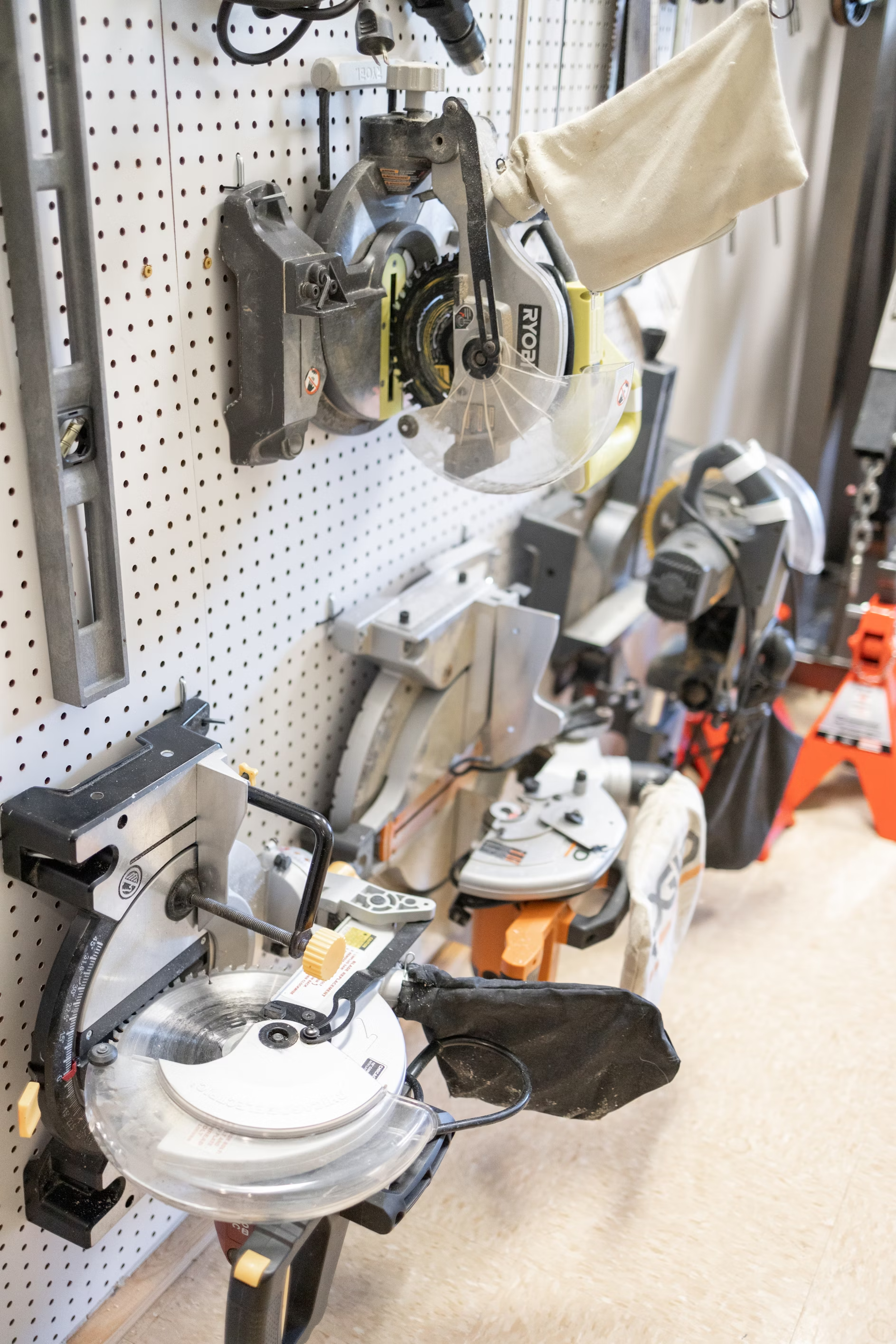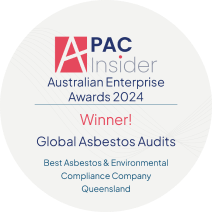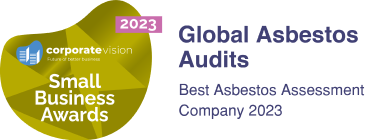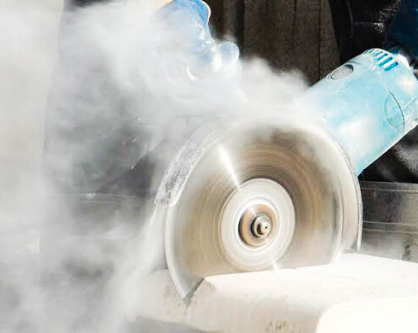In recent years, Australia has faced a new occupational health challenge that many experts are comparing to the asbestos crisis of the past. This emerging threat is crystalline silica, a natural mineral found in materials like sand, stone, and concrete. As awareness grows about the dangers of crystalline silica exposure, workers, employers, and policymakers must understand the risks and take appropriate action, which may include Silica Air Monitoring.
What is Crystalline Silica?

Crystalline silica is a common mineral that occurs naturally in the earth’s crust. It’s a key component in many construction materials, including:
- Concrete
- Bricks
- Tiles
- Natural stone
- Engineered stone (used for kitchen benchtops)
While crystalline silica has been used for centuries, the increasing use of engineered stone products and modern construction techniques has led to higher levels of exposure, particularly in the workplace.
The Health Risks of Crystalline Silica

Exposure to respirable crystalline silica dust can lead to serious health issues, including:
- Silicosis: A progressive and irreversible lung disease
- Lung cancer
- Chronic obstructive pulmonary disease (COPD)
- Kidney disease
These health effects are strikingly similar to those caused by asbestos exposure, which is why crystalline silica is often referred to as the “new asbestos.”
Industries at Risk

Workers in several industries are at high risk of crystalline silica exposure including:
- Construction
- Mining and quarrying
- Manufacturing (especially of engineered stone products)
- Sandblasting
- Road and bridge construction
- Pottery and ceramics
The rise of engineered stone in kitchen benchtops has led to increased silicosis cases among stonemasons.
The Scale of the Problem
The emergence of crystalline silica as a significant health risk has caught many by surprise. In recent years, Australia has seen a sharp rise in silicosis cases, particularly among young workers in the engineered stone industry. This surge has prompted health experts to warn of a looming public health crisis, drawing parallels to the asbestos epidemic of the 20th century.
Regulatory Response
In response to the growing crystalline silica threat, Australian authorities have begun to implement stricter regulations:
- Reduced workplace exposure limits for respirable crystalline silica dust
- Mandatory health monitoring for workers in high-risk industries
- Improved dust control measures in workplaces
- Enhanced training and education about crystalline silica risks
Despite these efforts, many argue that more needs to be done to protect workers from this insidious health hazard.
Prevention and Control Measures
To minimise the risks associated with crystalline silica exposure, several control measures can be implemented:
- Use of water suppression systems to reduce dust
- Proper ventilation and dust extraction systems
- Use of appropriate personal protective equipment (PPE)
- Regular health monitoring for workers
- Training and education about the risks of crystalline silica
- Crystalline Silica Air Monitoring to assess and validate control measures.
The Future of Crystalline Silica Management
As awareness of the crystalline silica risk grows, we can expect to see further regulatory changes and improvements in workplace safety practices. There may also be a push for alternatives to high-silica content materials, particularly in the engineered stone industry.
For example, in Queensland, the Queensland government has banned the use of manufactured stone, stating:
“From 1 July 2024, no engineered stone can be installed, manufactured, supplied or processed in Queensland.
The engineered stone ban follows a national agreement—announced by the Australian Government on 13 December 2023—to protect workers by stopping the use of these products.” Source
In September 2024, Safe Work Australia issued the following media statement, which serves as a precursor to future regulations and legislation regarding crystalline silica.
Stronger regulation of crystalline silica substances from 1 September 2024
The emergence of crystalline silica as a significant occupational health risk in Australia is a stark reminder of the ongoing need for vigilance in workplace safety. While the parallels with asbestos are concerning, they also provide valuable lessons for addressing this new threat.
By raising awareness, implementing strict safety measures, and continuing research into the effects of crystalline silica exposure, Australia can work towards minimising this risk and protecting the health of its workers. As we face this new challenge, we must learn from the past and take proactive steps to prevent a repeat of the asbestos tragedy.
Silica Air Monitoring is a new service from Global Asbestos Audits that can help you comply with new regulations, protect the health of your workers in the future and address the ‘new asbestos’ threat in Australia.
Contact Global Asbestos Audits for a full assessment.



